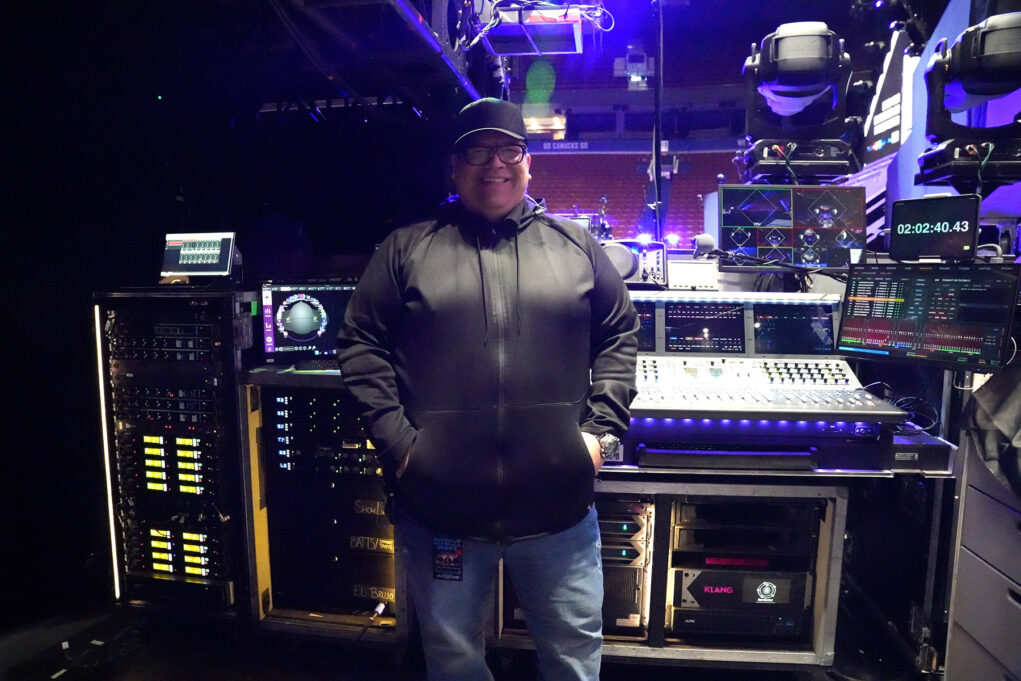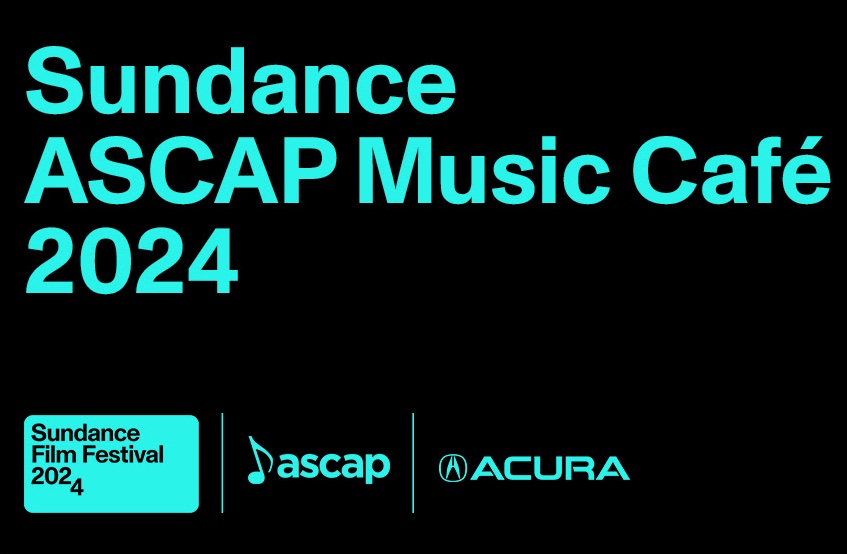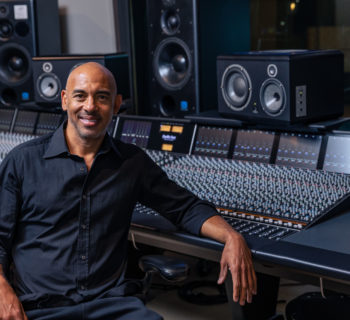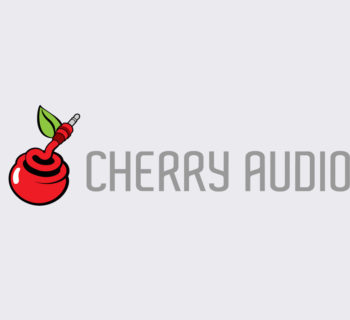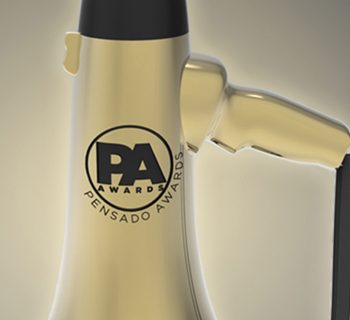Sound design is a top component of breakout Hollywood productions – note the original “Star Wars” and the recent “Top Gun: Maverick.” The same should apply to video content creators – everyone from YouTubers to aspiring movie directors – in a bid to grow an audience.
To create compelling soundscapes, it’s essential to understand professional techniques. Even if you don’t have a similarly large budget, you can still step up your sound game. Here's how:
During shooting, the director prioritizes visuals, but once things move to post-production, sound is critical. If quality sound hasn’t been captured during shooting, a great deal of time – and money – will be lost in post-production trying to rectify it. At that point, creators will have to use automatic dialogue replacement (ADR) by rerecording the dialogue and sounds, or hire professionals to fix the tracks. However, that’s not always easy to do. Sounds can sometimes be overly compressed or plain noisy.
So, what can creators do to ensure their sound is top-notch? First, it’s essential to buy professional-grade equipment and use professional people. That way, the chances of having to make major changes in post-production are reduced. And when it comes to post-production, too many people with online content believe it’s easy to fix a noisy track. While there are fancy studios today that can do a lot of things, it requires a lot of knowledge, experience and skill.
To ensure hiring is spot-on, there are ways to vet a sound professional. The first is by watching their reels. Do they fit in with the creator’s vision? If a reel shows an ability to create clear, loud noises, dramatic gunshot firing or a grand cinematic scope, they might not be the right person for a sitcom. In those instances, you need someone who is good at cutting dialogue and mixing. Creators shouldn’t be afraid to ask questions directly.
“Sound design requires a delicate balance between effects and music. While the effects will provide the detail, music sets the emotional tone, providing rich texture in both documentary and feature productions.”
Once a sound editor has been chosen, it’s important to ensure they can work with the video editor. Everyone in a studio has an ego; everyone wants their own work to shine. The only way a collaboration between a video and a sound editor can function is if everyone is fixed on the goal of the project. As the most critical challenges tend to arise in post-production, ask how they have solved problems in the past.
One way to head off conflict is to create checklists with bullet points and technical specifications. This allows both parties to follow the checklists, a kind of guideline. Another way is to follow an email chain for everything that needs to be done. By not leaving anything to chance, both the video and sound editor are clear on what’s needed. Then, if there are any conflicts, questions can be handled by the director or the producer.
Sound design requires a delicate balance between effects and music. While the effects will provide the detail, music sets the emotional tone, providing rich texture in both documentary and feature productions.
Collaboration - a meeting of minds - between the post-production sound crew, the composer, and the editor, director and producer is essential in the melding of effects and sound. Music tempo, beat, structure are all considered to assure background music tracks complement the accompanying visuals and spoken word add meaningful effects to the overall production. Processing and combining dialogue, music and sound effects are a delicate and sometimes tedious process, but no less important to the overall theme meant to be delivered.
To this end, a structured timeline is an essential element in the workflow of a successful sound production. There should be no guesswork. A constant flow, a give and take, is an essential element in strengthening the work for the most powerful audience impact.
No question, the sound track post-production process is often tense as a result of tightly structured deadlines. On the surface it may appear the system requires over the shoulder direction, but, in fact, quite the opposite is true. Once the post-production sound team reaches an understanding about the needs and desires of the producer and director, much of the process can be conducted through check lists and email chains. As detail work comes to a close, however, an in-person session is a natural necessity.
Hollywood has always understood that without excellent sound, you can lose an audience. Don’t let it happen to you.
Great Hollywood sound first hit theaters in 1977 with the release of George Lucas’ “Stars Wars,” which was screened with Skywalker Sound by Lucasfilm. Over the past five years, critical advances in sound design have also been made with Dolby Atmos’ object-based audio and powerful surround sound.
Advances in sound design have created thrilling productions that resonate deeply with audiences. “Top Gun: Maverick,” released in 2022, was a huge hit, in part because its sound felt so real. The movie won an Oscar for best sound design.
Today’s content creators – even if on a smaller scale – should take a leaf out of Hollywood’s book by placing sound design at the top of their list, employing the right people and using the newest technology. Impactful, layered and thoughtful soundscapes are critical to a production’s success.
DAVID ZANG is the owner of AsparTateSounds in Los Angeles. He is an award-winning re-recording mixer, a sound editor, and a location sound mixer. Feel free to reach out to David on his website, www.aspartaterecords.com


